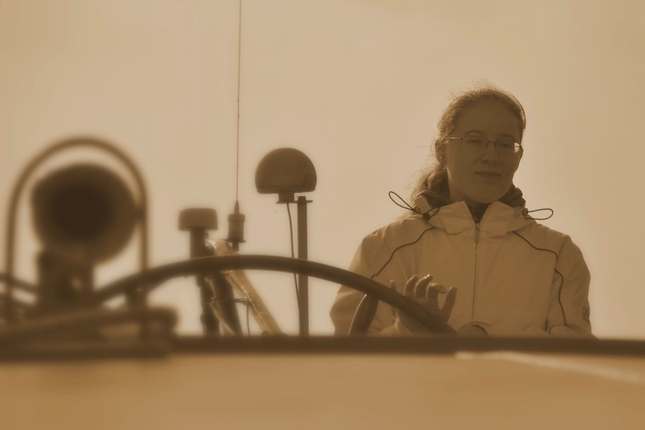
Hi, Cornelia Hofmann (@coenneli) at the helm for this week 😃
No, I didn’t start on the #VendeeGlobe2020, I am a theoretical physicist in strong-field attosecond science, aka shooting atoms apart with very short laser pulses.
But I don’t have cool lab shots, so here we are 😉
No, I didn’t start on the #VendeeGlobe2020, I am a theoretical physicist in strong-field attosecond science, aka shooting atoms apart with very short laser pulses.
But I don’t have cool lab shots, so here we are 😉

Let me introduce myself and my background a bit, before we dive into all that jargon up there.
In February of this year, I started a new postdoc fellowship from @snsf_ch at @uclmaps. Before coming to London, I got my BSc, MSc and PhD all at @ETH_physics in Zurich,
In February of this year, I started a new postdoc fellowship from @snsf_ch at @uclmaps. Before coming to London, I got my BSc, MSc and PhD all at @ETH_physics in Zurich,
and then had a postdoc position at @maxplanckpress Institute for the Physics of Complex Systems in Dresden. And yes, most of the time my “complex system” consisted of a helium atom and a laser field. #womeninSTEM 

Besides doing research, I enjoy teaching on various levels, be that participating at outreach events demonstrating mind-boggling laser experiments, taking high-schoolers to an astronomy observatory, or teach and supervise students at the university level. 

As hinted above, sailing is a dear hobby of mine, even if I can’t do it as often as I'd like. Additionally, music takes up a lot of my free time. I played in orchestras, conducted ensembles, sang in choirs, love to play the piano, and listen to a variety of artists and genres.
So, what am I going to talk about during my takeover? Here’s my current plan (I might adapt it, depending on your feedback and responses):
Later today I will give you an introduction to my field of research, scale you down from the world of nano down to atoms and electrons. ⚛️
Later today I will give you an introduction to my field of research, scale you down from the world of nano down to atoms and electrons. ⚛️
On Tuesday and Wednesday, I intend to talk about some of my research projects, grouped by theme. Hopefully, this will lead seamlessly over to a discussion of the bigger picture, possible applications, and long term goals of this kind of research on Thursday.
Friday will be dedicated to more of my personal views and experiences so far on my academic path, and on the weekend we can hopefully come to a lighthearted conclusion.
I hope you will find some interesting tidbits over the course of the week. Most importantly, feel free to ask about anything, so I can freestyle and/or adapt my future threads 😁
• • •
Missing some Tweet in this thread? You can try to
force a refresh





